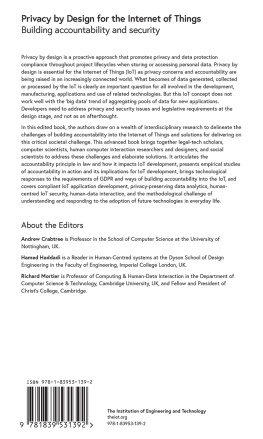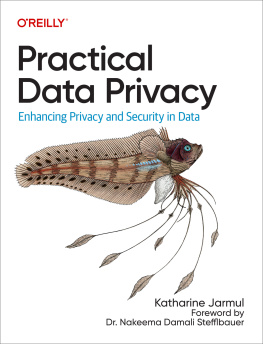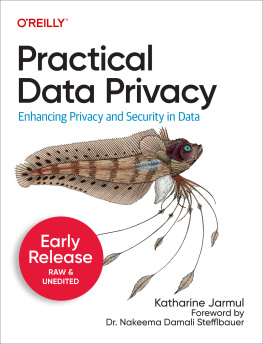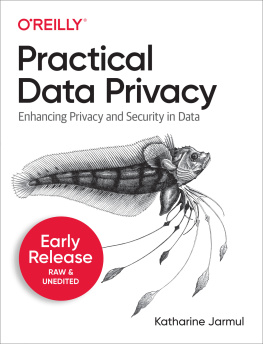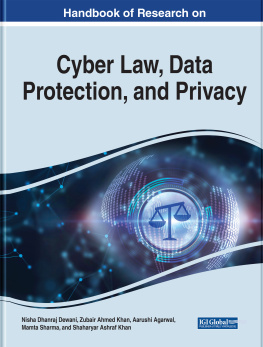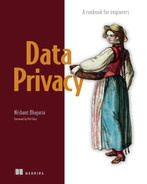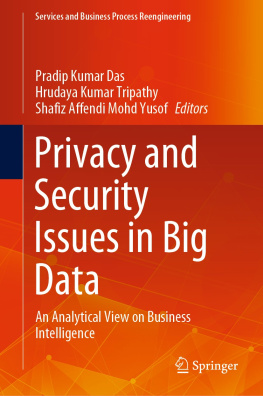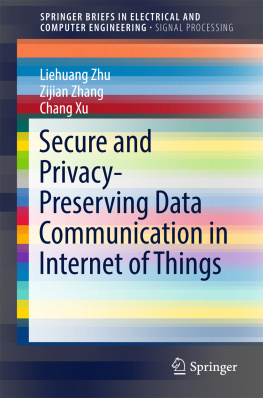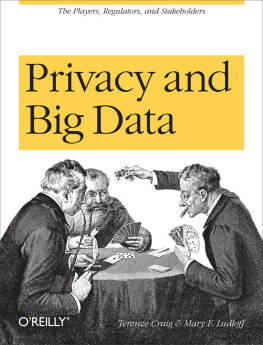Andrew Crabtree - Privacy by Design for the Internet of Things: Building accountability and security
Here you can read online Andrew Crabtree - Privacy by Design for the Internet of Things: Building accountability and security full text of the book (entire story) in english for free. Download pdf and epub, get meaning, cover and reviews about this ebook. year: 2021, publisher: The Institution of Engineering and Technology, genre: Politics. Description of the work, (preface) as well as reviews are available. Best literature library LitArk.com created for fans of good reading and offers a wide selection of genres:
Romance novel
Science fiction
Adventure
Detective
Science
History
Home and family
Prose
Art
Politics
Computer
Non-fiction
Religion
Business
Children
Humor
Choose a favorite category and find really read worthwhile books. Enjoy immersion in the world of imagination, feel the emotions of the characters or learn something new for yourself, make an fascinating discovery.
- Book:Privacy by Design for the Internet of Things: Building accountability and security
- Author:
- Publisher:The Institution of Engineering and Technology
- Genre:
- Year:2021
- Rating:5 / 5
- Favourites:Add to favourites
- Your mark:
Privacy by Design for the Internet of Things: Building accountability and security: summary, description and annotation
We offer to read an annotation, description, summary or preface (depends on what the author of the book "Privacy by Design for the Internet of Things: Building accountability and security" wrote himself). If you haven't found the necessary information about the book — write in the comments, we will try to find it.
Privacy by design is a proactive approach that promotes privacy and data protection compliance throughout project lifecycles when storing or accessing personal data. Privacy by design is essential for the Internet of Things (IoT) as privacy concerns and accountability are being raised in an increasingly connected world. What becomes of data generated, collected or processed by the IoT is clearly an important question for all involved in the development, manufacturing, applications and use of related technologies. But this IoT concept does not work well with the big data trend of aggregating pools of data for new applications. Developers need to address privacy and security issues and legislative requirements at the design stage, and not as an afterthought.
In this edited book, the authors draw on a wealth of interdisciplinary research to delineate the challenges of building accountability into the Internet of Things and solutions for delivering on this critical societal challenge. This advanced book brings together legal-tech scholars, computer scientists, human computer interaction researchers and designers and socials scientists to address these challenges and elaborate solutions. It articulates the accountability principle in law and how it impacts IoT development, presents empirical studies of accountability in action and its implications for IoT development, brings technological responses to the requirements of GDPR and ways of building accountability into the IoT, and covers compliant IoT application development, privacy-preserving data analytics, human-centred IoT security, human-data interaction, and the methodological challenge of understanding and responding to the adoption of future technologies in everyday life.
Andrew Crabtree: author's other books
Who wrote Privacy by Design for the Internet of Things: Building accountability and security? Find out the surname, the name of the author of the book and a list of all author's works by series.

